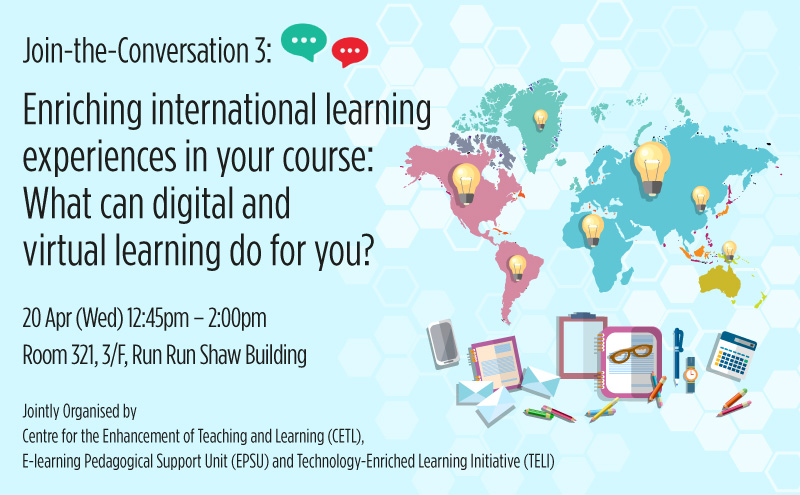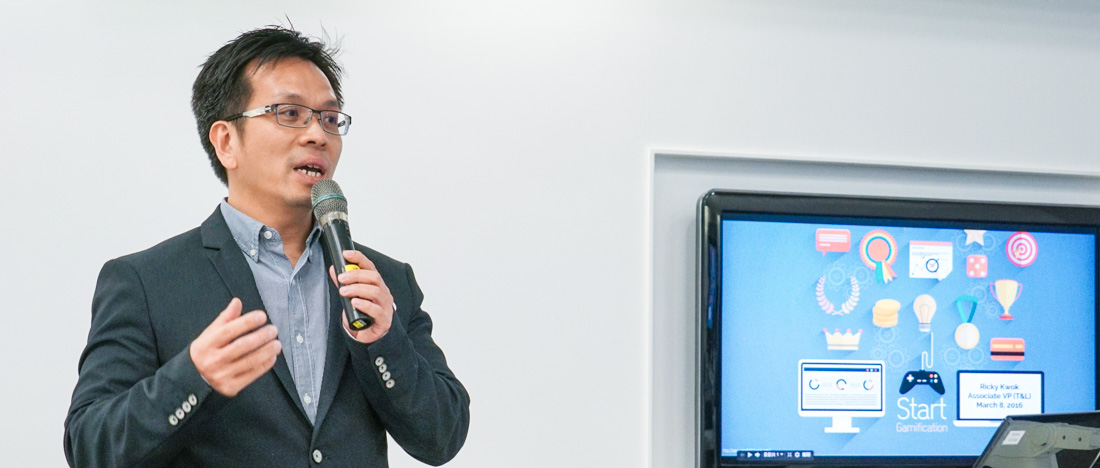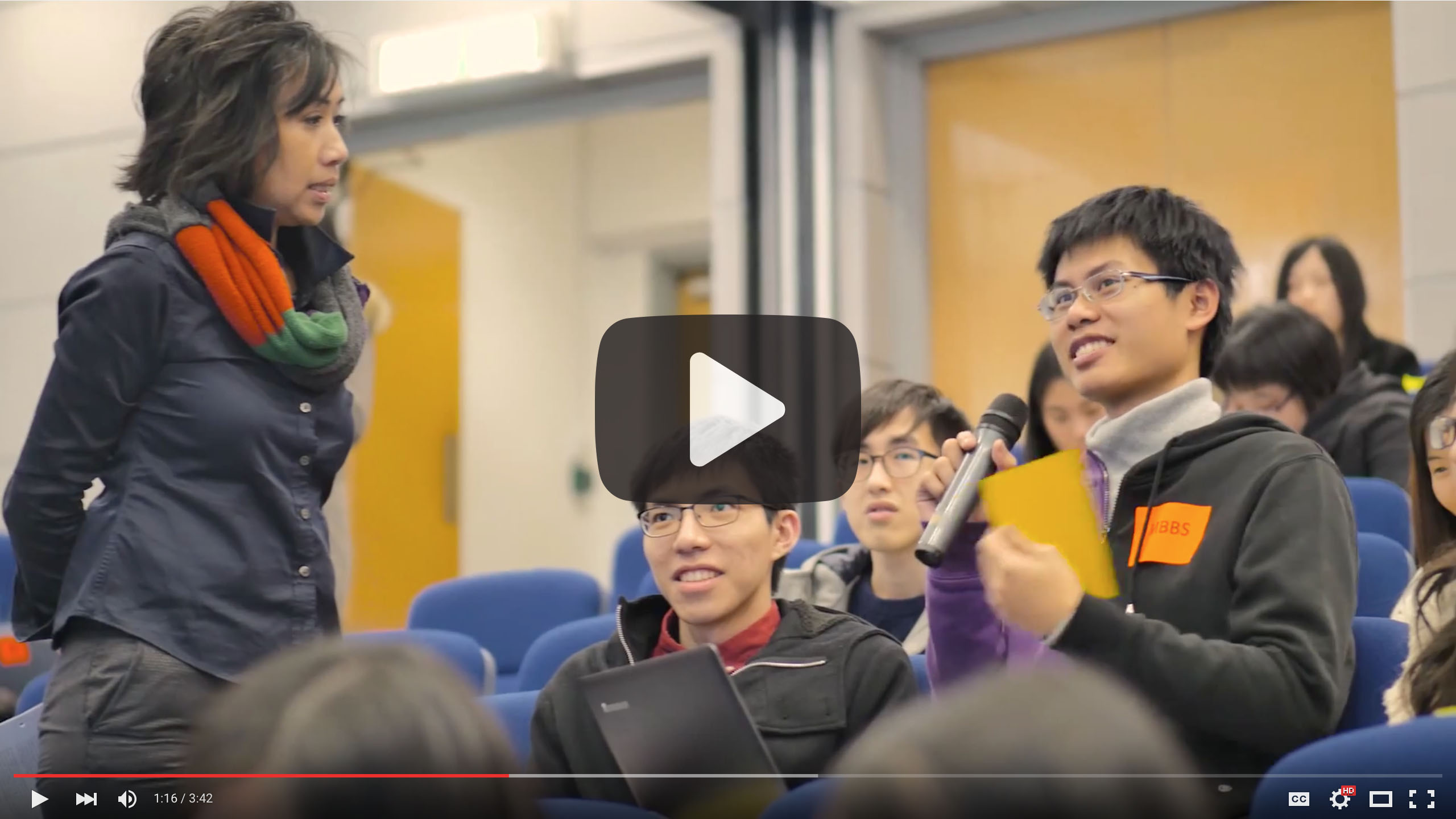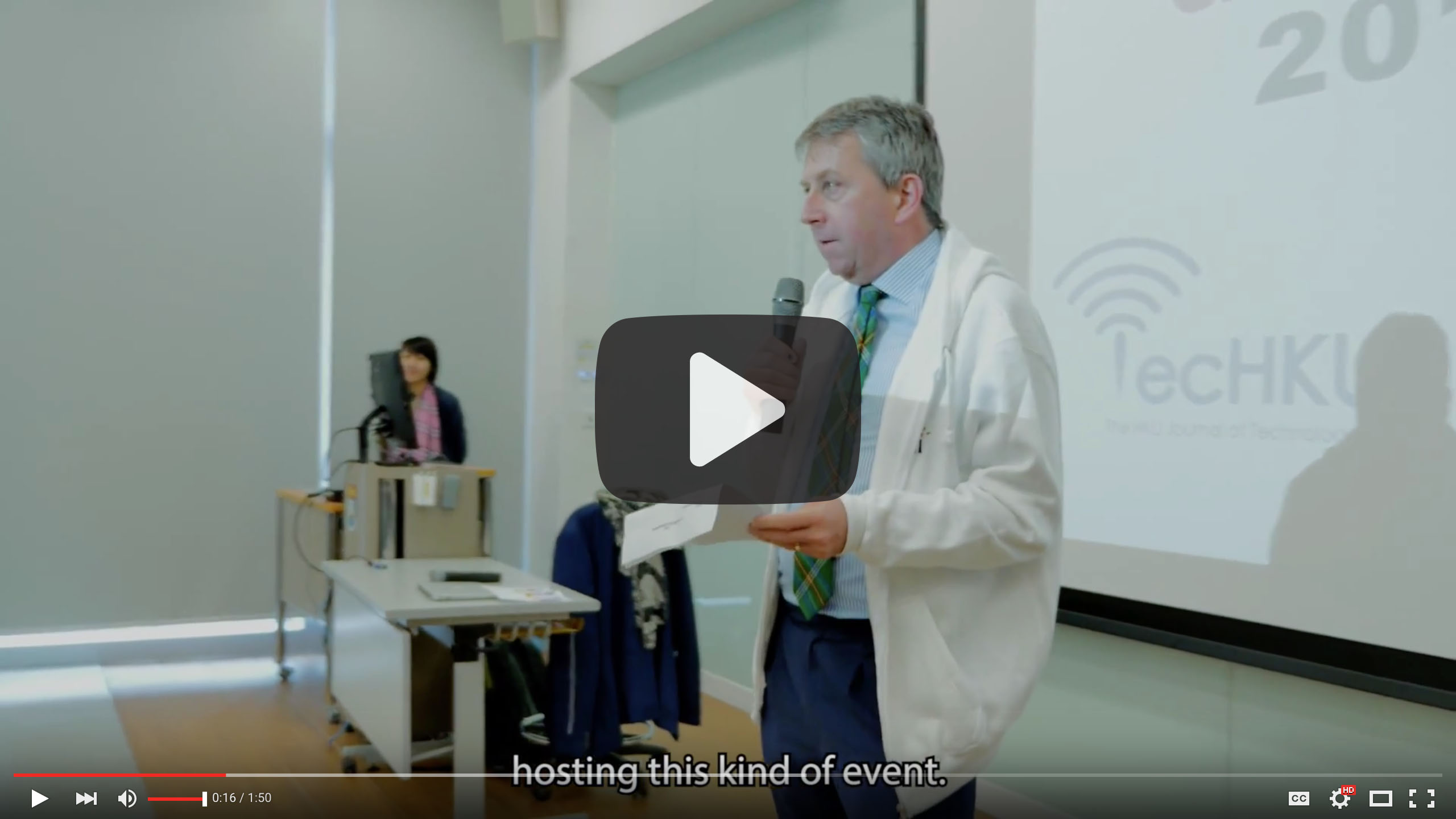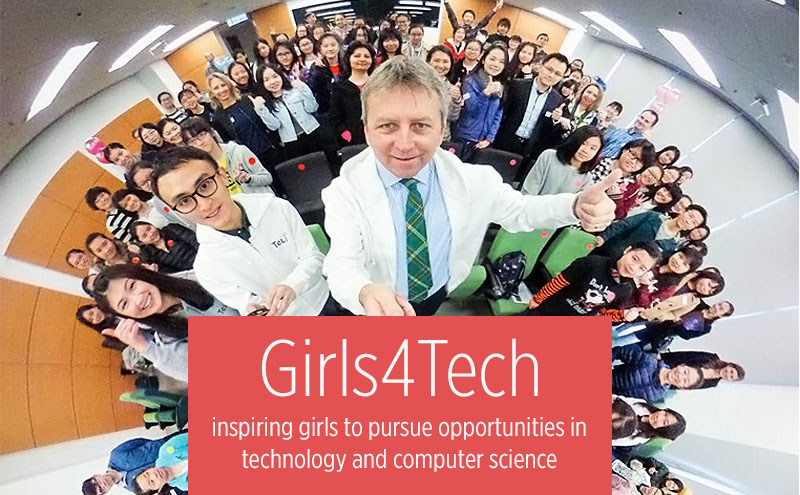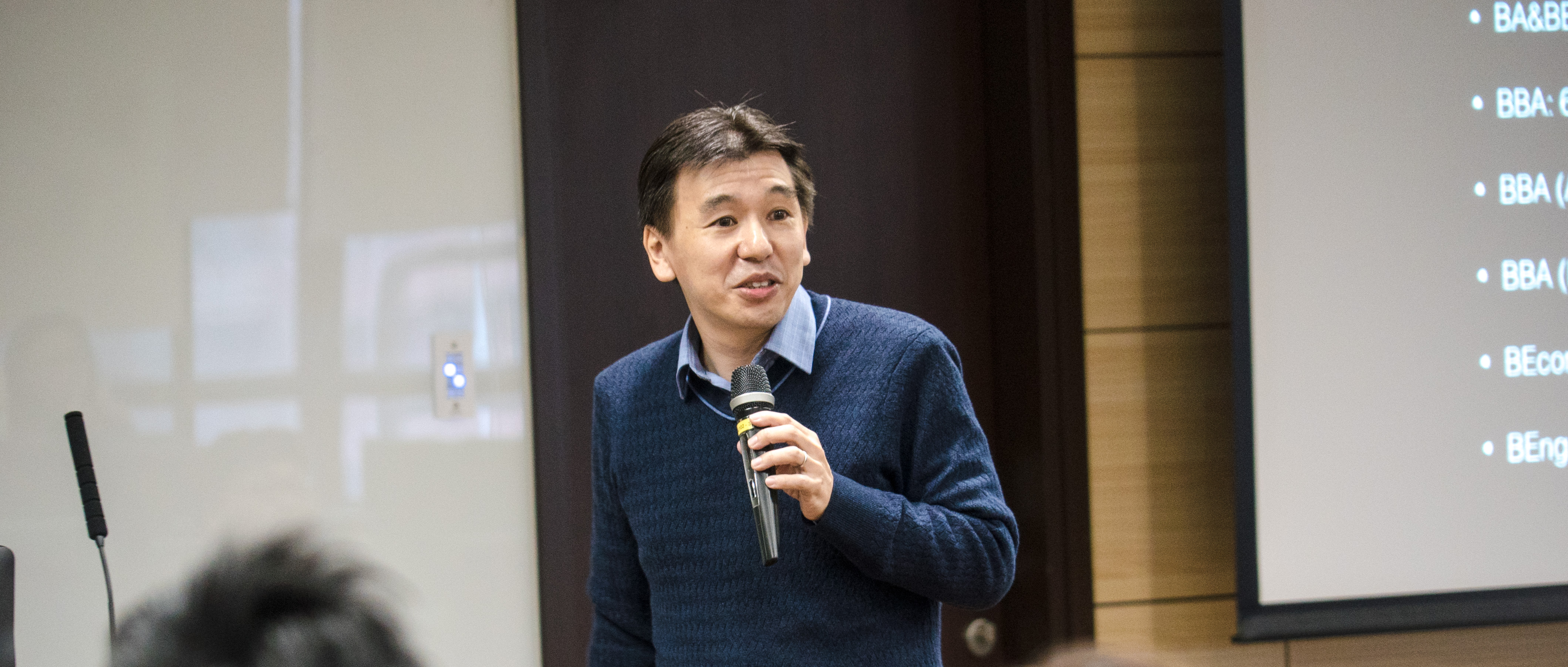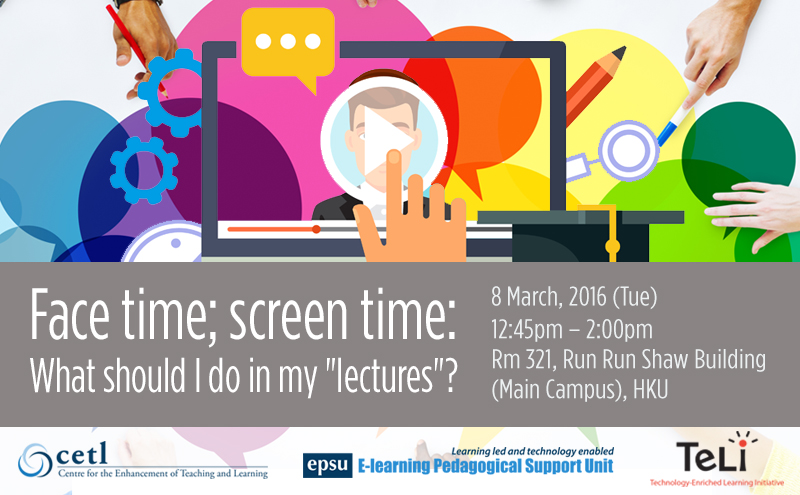
Jointly Organised by Centre for the Enhancement of Teaching and Learning (CETL), E-learning Pedagogical Support Unit (EPSU) and Technology-Enriched Learning Initiative (TELI)
Moderator : Dr. Tracy Zou, Assistant Professor, CETL
Date : April 20 (Wednesday), 2016
Time : 12:45pm – 2:00pm
Venue : Room 321, 3/F, Run Run Shaw Building (Main Campus), HKU
Hot lunch will be provided.
About the Joint Event
Like many other leading universities, HKU is seeking to enhance the internationalisation of its curricula and its teaching. But what can be done in a course or a programme to bring the international learning experiences to students without the need to travel? A recent policy paper (2015) by European Parliament advocates that digital and virtual learning offers a promising way to realise international collaborative experiences and achieve ‘internationalisation at home’.
During the first join-the-conversation in January, we identified digital and virtual learning as one of the eight learning challenges and opportunities associated with the internationalisation of teaching and learning in HKU. In this joint event, we will further look at the ways that recent advances in information and communication technologies open up new possibilities to enrich international experiences in courses and programmes. Participants will be able to review a range of approaches and techniques whereby digital learning may facilitate international learning experiences for students, evaluate the value and feasibility of these approaches in HKU’s context, and discuss the possible applications of some of the approaches in their courses or programmes.
For information on registration, please contact:
Ms. Noranda Zhang , CETL
Phone: 3917 4729; Email: noranda@hku.hk

